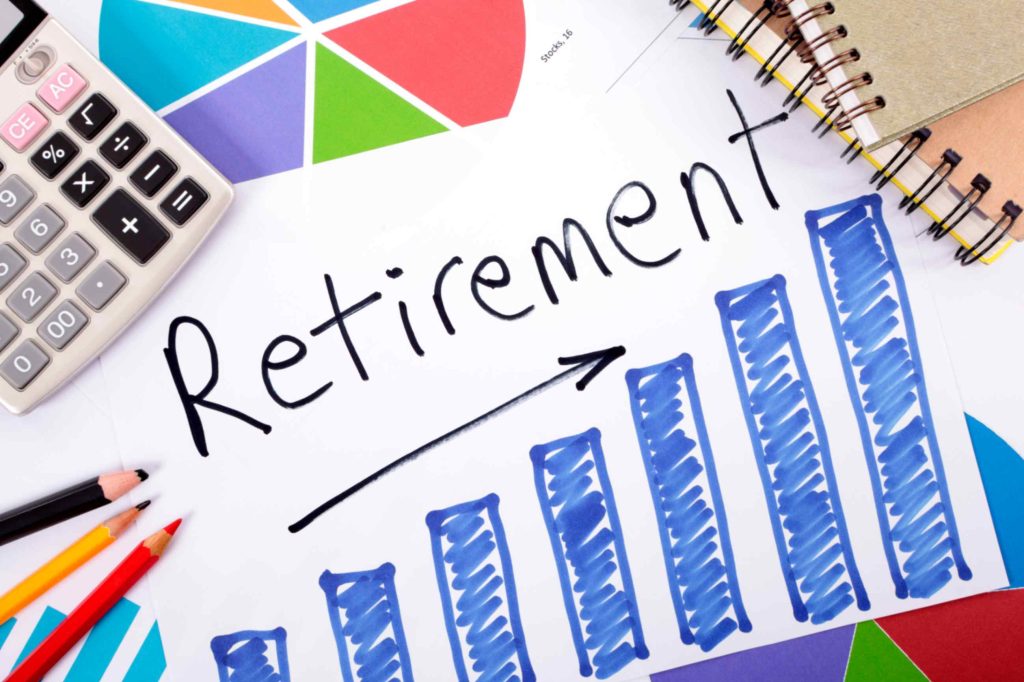Retirement planning isn’t one-size-fits-all. While most Americans rely solely on Social Security and personal savings, federal employees have a unique advantage — and a unique challenge. Between the Federal Employees Retirement System (FERS), the Thrift Savings Plan (TSP), and Social Security benefits, your retirement income sources are diverse. But without a clear strategy, you might miss out on maximizing your benefits.
A federal employee retirement investing strategy is more than just picking TSP funds. It’s about coordinating your pension, Social Security, and investments to ensure financial security for decades. In this guide, we’ll break down the key steps and strategies so you can retire confidently — without wondering if your money will last.
Understanding the Thrift Savings Plan (TSP)
The TSP is the federal government’s version of a 401(k) — a tax-advantaged retirement savings plan for federal employees and military personnel.
Key TSP features:
- Fund choices:
- G Fund: Government securities, low risk.
- F Fund: Bonds, moderate risk.
- C Fund: S&P 500 index, higher growth potential.
- S Fund: Small/mid-cap stocks.
- I Fund: International stocks.
- Lifecycle (L) Funds: Pre-mixed portfolios based on retirement date.
- G Fund: Government securities, low risk.
- Contribution limits (2025): $23,000 annual limit, plus a $7,500 catch-up contribution if age 50+.
- Matching contributions: FERS employees receive up to 5% agency match — a guaranteed return you shouldn’t skip.
Why it matters: Your TSP will likely be your largest retirement investment account, and how you allocate your funds directly impacts your long-term growth.
Investment Allocation Strategies
Your investment allocation — how you divide money between stocks, bonds, and safe assets — should evolve throughout your career.
Early Career (20s–30s)
- Goal: Maximize growth potential.
- Suggested mix: 80–90% in C, S, and I Funds; 10–20% in G or F Fund.
- Why: You have time to ride out market volatility and benefit from compounding.
Mid-Career (40s–50s)
- Goal: Balance growth with risk reduction.
- Suggested mix: 60–70% stocks, 30–40% bonds/cash.
- Why: You’re closer to retirement, so preserving capital becomes more important.
Near Retirement (55+)
- Goal: Protect wealth while generating income.
- Suggested mix: 40–50% stocks, 50–60% bonds/G Fund.
- Why: A market downturn close to retirement can severely impact your withdrawals.
Tip: Lifecycle Funds (L Funds) can simplify this process, automatically adjusting your allocation as you near retirement.
Balancing with FERS/CSRS Benefits
Your TSP is just one leg of your retirement stool. The other legs are:
- FERS Pension – Based on years of service and your highest three years of pay.
- Social Security – Available to FERS employees, unlike CSRS.
- CSRS Pension – For employees hired before 1984, typically larger than FERS but without Social Security.
The challenge: If you rely too heavily on your pension, inflation and healthcare costs could erode its value over time.
Best practice:
- Treat your pension as a baseline guaranteed income.
- Use your TSP for growth and inflation protection.
- Plan Social Security claiming strategically — sometimes delaying until age 70 maximizes lifetime benefits.
Wondering will FERS supplement be eliminated in 2025? Find out how this change could impact your early retirement income and what steps you can take to adjust your federal employee retirement investing strategy.
Risk Management: Protecting Your Retirement
Even with a pension and TSP, your retirement isn’t risk-free. Federal employees face:
- Inflation risk: The FERS cost-of-living adjustment (COLA) doesn’t fully match inflation before age 62.
- Market risk: Stock downturns can hit your TSP.
- Longevity risk: You might live longer than expected — meaning your savings must last 30+ years.
- Healthcare costs: FEHB coverage helps, but premiums and out-of-pocket costs can rise.
Mitigation strategies:
- Diversify across multiple asset classes.
- Keep a cash reserve of 1–2 years of expenses to avoid selling investments in a downturn.
- Consider long-term care insurance or a health savings account (HSA).
Tax Strategies: Roth TSP vs. Traditional TSP
Taxes can make or break your retirement income plan.
- Traditional TSP: Contributions are pre-tax, reducing your taxable income now. Withdrawals are taxed in retirement.
- Roth TSP: Contributions are after-tax, but withdrawals are tax-free in retirement (if rules are met).
Which is better?
- If you expect to be in a higher tax bracket later → Roth TSP may be better.
- If you expect a lower tax bracket later → Traditional TSP may be better.
Pro tip: Some federal employees split contributions between both for tax diversification.
Common Mistakes to Avoid
Many federal employees make costly errors, such as:
- Not contributing enough to get the full match – You’re leaving free money on the table.
- Keeping all funds in the G Fund – Safe but low growth, losing ground to inflation.
- Ignoring inflation risk – A fixed pension may not cover future costs.
- Claiming Social Security too early – Can reduce lifetime benefits.
- No withdrawal strategy – Without planning, you may deplete savings too fast.
Putting It All Together: Your Retirement Action Plan
Here’s a step-by-step summary for building your federal employee retirement investing strategy:
- Max out your TSP contributions (or at least get the 5% match).
- Adjust allocation based on career stage — more growth early, more stability later.
- Coordinate pension, Social Security, and TSP withdrawals for tax efficiency.
- Protect against risks like inflation, market swings, and healthcare costs.
- Review your plan annually and adjust as needed.
Final Thoughts
As a federal employee, you have retirement benefits most private-sector workers can only dream about — but they require smart planning to work in harmony. By maximizing your TSP, balancing your pension with investments, and managing risks, you can create a strategy that supports a comfortable, worry-free retirement.
The earlier you start, the better your results. But even if you’re close to retirement, fine-tuning your plan now can make a significant difference.

